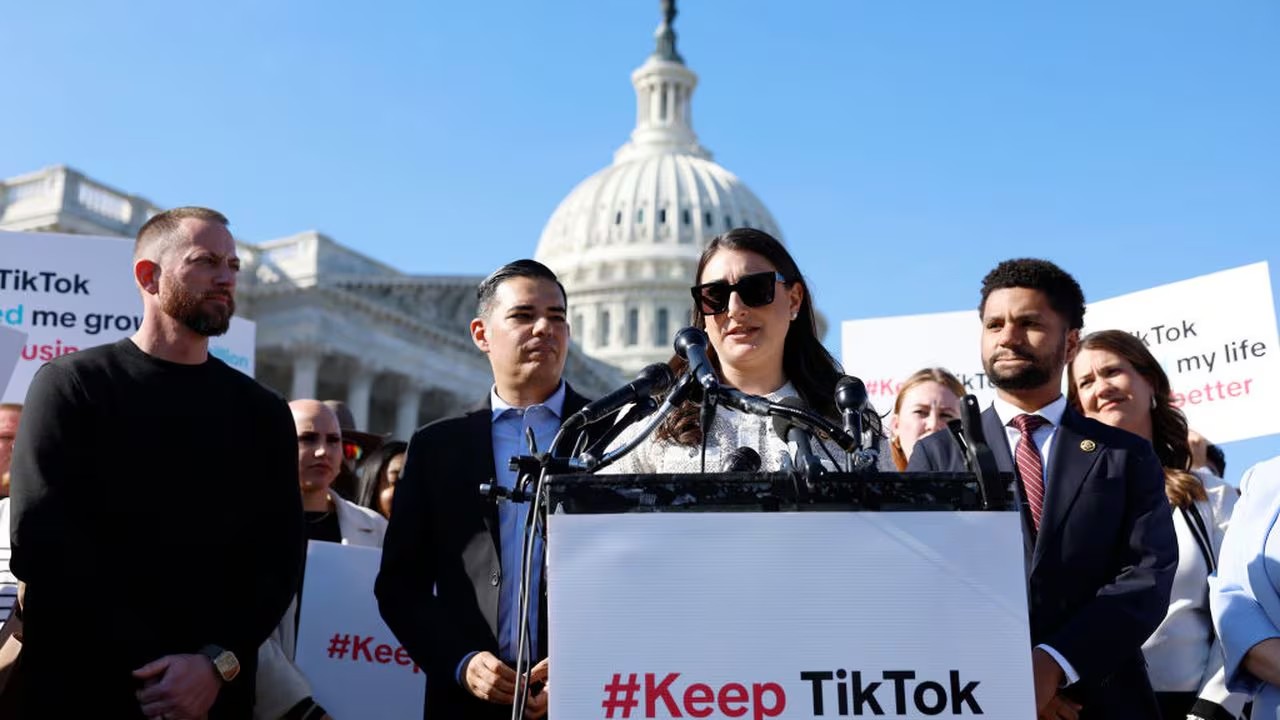The southwestern United States is experiencing prehistoric winds as part of climate change that is becoming more pronounced. Monsoons similar to the Pliocene, three million years ago, have been present and worrying specialists. At that time the area was wetter and the rains were more intense. And that is why researchers increasingly compare the present time with that prehistoric time.
A street-by-street weather forecast will be possible with this technology.
Carbon concentrations are increasing and recreate conditions more similar to what the climate was like some 3 million years ago. Here the role of the leaf wax is fundamental to recognize these similarities. This produced by plants is composed of carbon and hydrogen that is extracted from rainwater. As the plant dies, it forms a dust that has been preserved in sediments that form a trace since prehistoric times. This allows us to recognize how the vegetation flourished and the intensity of the rainfall.
Tripti Bhattacharya, a professor in the Department of Environmental and Earth Sciences at Syracuse University, is conducting work on the subject. The researcher understands that “plants are found in the environments that existed when they were growing”. Bhattacharya led the recent study that examined the southwest monsoon season in the Pliocene period.
The flying board that crossed the English Channel, this is the Flyboard Air
Analyzing prehistoric winds
The research work carried out begins to infer present-day similarities with that time prior to the present-day “Homo sapiens”. Carbon dioxide levels in the atmosphere are at values similar to what they were in the Pliocene. Bhattacharya believes that this is “a snapshot of the world we are likely headed for if we don’t reduce emissions”.
Leaf wax has revealed that, in this prehistoric period, there were intense summer monsoons. This changes the perspective of previous research that attributed wet conditions only to winter rains. In this regard, the professor exposes:
“Our paper presents the first direct evidence that monsoon changes caused wet conditions in the middle Pliocene.”
Climate change and the aerosol problem
Living in yesterday
When, generally, the human species analyzes itself, it does so by looking at what it will be like in a certain number of years. This study allows us to know that we are living in conditions similar to those of times before Man was on Earth. Monsoons are most likely to be found following the Pliocene pattern. This means that they could intensify and extend their range of action into southern California.
For Bhattacharya, it is very likely that the climatic extremes of this time coincide with what was normal during the Pliocene. This situation is bad news for a region that is not built to withstand storms.
Professor Bhattacharya, together with climate moderator Ran Feng, began the study of the Pliocene five years ago. They first analyzed marine sediments with the research vessel Joides Resolution. Ran Feng, a professor in the Department of Geosciences at the University of Connecticut, performed simulations of the sea temperature at that time. The prehistoric winds could be determined with this work, had conditions that attracted moisture. The monsoons will be of great help against drought as the southwest begins to desertify.




